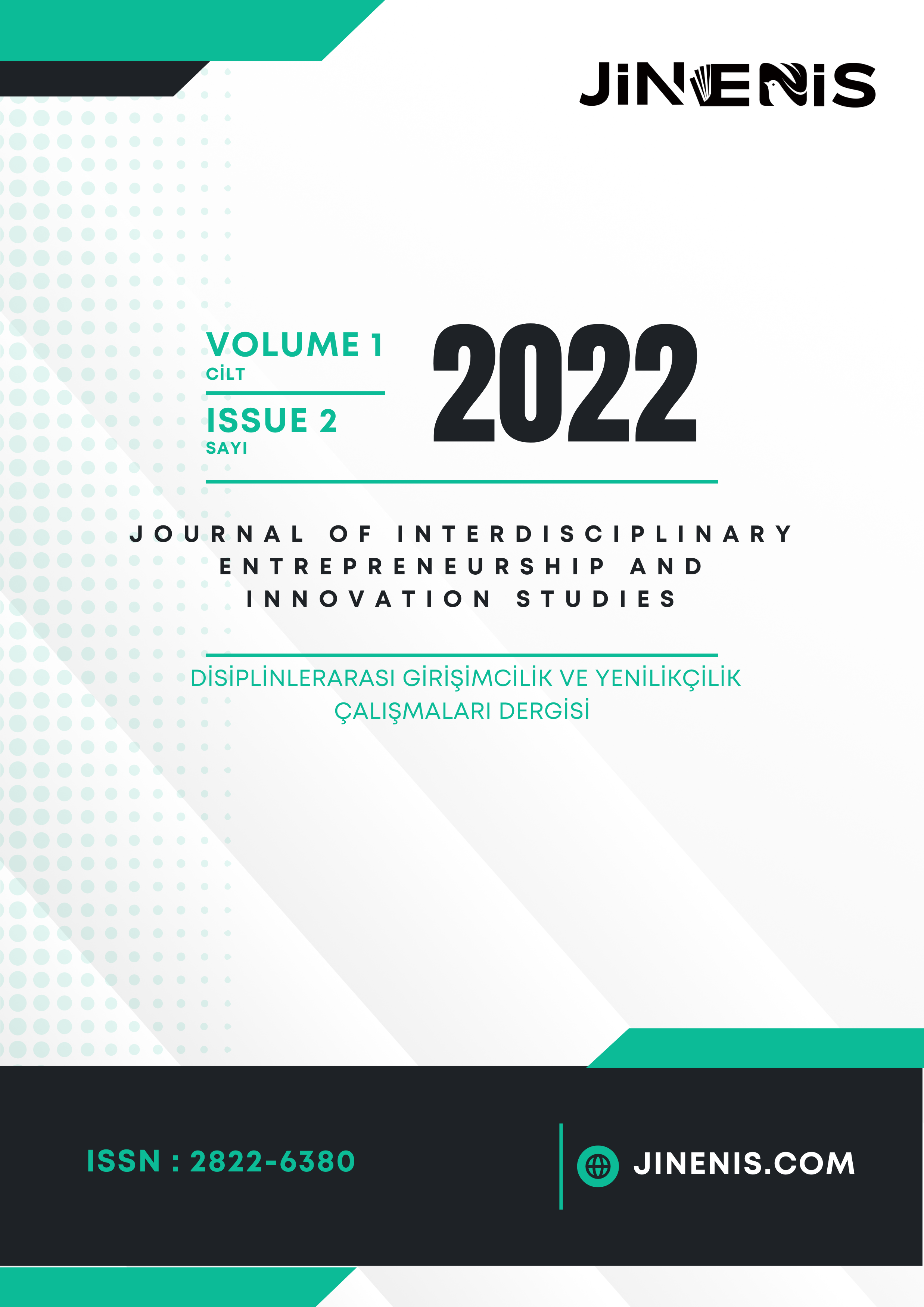Effectiveness of Social Media in Promoting Tourism in Nepal
DOI:
https://doi.org/10.5281/zenodo.7487662Keywords:
tourists, social media perception, functionalities, travel destination, influenceAbstract
In recent years, social media has become more advance, as it provides travelers various opportunities to visualize their destination before executing their plan. Social networks on the other hand have also evolved in such a way that they not only became valuable marketing tools for businesses but also proved to be a valuable source of information for consumers as it plays a significant role in decision-making process.
The objectives of this research study were to find out if social media has any impact in Tourism, to determine what tourists’ perceived benefits of using social media when taking trips are, and to ascertain if there were any strategic opportunity for value creation for the tourist. Through a survey answered by 267 respondents, the most influential attributes of the usage of social media in tourism were ascertained, the travelers’ perception of social media is analyzed, the important functionalities were determined.
In hypothesis testing, independent variable social media functionalities found to have a significant influence on tourist destination. Whereas, various perception of social media had no significant influence in tourist destination in terms of reliability, accuracy and value.
After analyzing the study, it is concluded that social media does indeed have an impact in tourism. It can even be used as a source of sustainable competitive advantage if tourism firms develop a positive reputation and focus on the personalization of their services as the key element for their value-creating strategy.
References
Ahmad, H., Hamad, A.-G., Raed, H., & Maram, A.-H. (2019). The Impact of Electronic Word Of Mouth On Intention to Travel. International Journal of Scientific and technology research, 8 (12).
ADB (2010), “Annual Report 2010”. https://www.adb.org/documents/adb-annual-report-2010
Amersdorffer, D., Bauhuber, F. and Oellrich, J. (2012). The economic and cultural aspects of the social web Implications for the tourism industry. Journal of Vacation Marketing, 18(3), pp.175-184
Bhandari, R., Sharma, D., Kunwar, K., & Han, Y. (2022). Community based Entrepreneurship Education: A Study of the CATET Program in Nepal. International Journal of Small Business and Entrepreneurship Research, 10(1), 15-29.
Bilgihan, A., Peng, C., &Kandampully, J. (2014). Generation Y's dining information seeking and sharing behavior on social networking sites: An exploratory study. International Journal of Contemporary Hospitality Management, 26(3), 349-- 366.
Chandra Roy, S. and Roy, M. (2019). Tourism in Bangladesh: Present Status and Future Prospects. [online] Research leap. Available at: https://researchleap.com/tourism-in-bangladesh-presentstatus-and-future-prospects/ [Accessed 27 Aug. 2019].
Deloitte Digital. (2015). Navigating the new digital divide: Capitalizing on digital influence in retail. Retrieved from https://www2.deloitte.com/content/dam/Deloitte/us/Documents/consumer-business/us-cb-navigating-the-new-digital-divide-051315.pdf.
Fotis. J., Buhalis. D., & Rossides. N. (2012). Social media Use and Impact during the Holiday Travel Planning Process. Retrieved from: http://eprints. bournemouth.ac.uk/19262/1/Fotis_et_al_2012_-_ Social_media_use_and_impact_during_the_holiday _travel_planning_process.pdf
Gautam, A., Bhandari, R., Mishra, B. K., & Baral, B. (2021). Sustainable utilization of natural resources for socio-environmental resilience and transformation in the mountains of Nepal. In Environmental Resilience and Transformation in Times of COVID-19 (pp. 357-372). Elsevier.
Gebreel, O. S. S., & Shuayb, A. (2022, June 26). Contribution of social media platforms in tourism promotion. International Journal of Social Science, Education, Communication and Economics. DOI: https://doi.org/10.54443/sj.v1i2.19
Kaplan, A., & Haenlein, M. (2010), Users of the world, unite! The challenges and opportunities of social media, Business Horizons, 53(1), 59-68
Kietzmann, J. (2011), Social Media? Get Serious! Understanding the functional building blocks of social media, Business Horizons, 54, 241-251
Kemp, S., 2020. Digital 2020: Nepal. (Online retrieved from https://datareportal.com/reports/digital-2020-nepal)
Kemp, S. (2022a). Digital 2022: global overview report, datareportal. https://datareportal.com/reports/digital-2022-global-overview-report
Kemp, S. (2022b). DIGITAL 2022: Nepal. Datareportal. https://datareportal.com/reports/digital-2022-nepal
MoFE, 2018. Nepal’s national adaptation plan (NAP) process: reflecting on lessons learned and the way forward. Ministry of forests and environment (MoFE) of the government of Nepal, the NAP global network, action on climate. Today (ACT) Pract. Act. Nepal.
Pforr, C., & Hosie, P. (2009). Crisis management in the tourism industry: Beating the odds? Burlington: Ashgate Publishing, Ltd.
Rauch, R. (2014). Top 10 hospitality industry trends in 2015.Hotel, Travel & Hospitality.
Saravanakumar, T.SuganthaLakshmi. Social media Marketing. Life Sci J 2012;9(4):4444-4451]. (ISSN: 1097- 8135). http://www.lifesciencesite.com. 670 (retrieved from: http://www.lifesciencesite.com/lsj/life0904/670_13061life0904_4444_4451.pdf)
Sivathanu, B., 2016. Digital Branding: An Empirical Study with Special Reference to E-Commerce Startups. ARPN Journal of Engineering and Applied Sciences, 11. Available at: http://www.arpnjournals.org/jeas/research_papers/rp_2016/jeas_0816_4724.pdf.
Statistas. (2020). Number of Social Network Users Worldwide from 2017 to 2025. Statistas. https://www.statista.com/statistics/278414/number-of-worldwide-social-networkusers/
Sterne, J., 2010. Social media Metrics: How To Measure And Optimize Your Marketing Investment, Hoboken, NJ: Wiley.
Sthapit, A., & Khadka, I. (2016). Social media Marketing in Nepal: A Study of Travel Intermediaries of the Kathmandu Valley. PYC Nepal Journal of Management, 9(1), 29-43.
Tarannum, T. (2020). Effectiveness of social media in Promoting Tourism in Bangladesh [Unpublished master’s thesis]. KDI School of Public Policy and Management.
Tham, A., Mair, J., & Croy, G. (2020). Social media influence on tourists' destination choice: importance of context. Tourism Recreation Research, 45(2), 161-175.
Tooman, A.L. (1997). Tourism and development. Journal of Travel Research., v. 35 p. 33-40
Yazdanifard, R., Yee, T. L. (2014). Impact of social networking sites on hospitality and tourism industries. Global Journal of Human-Social Science: Economics, 14(8), ISSN: 0975-587X

Downloads
Published
How to Cite
Issue
Section
License
Copyright (c) 2022 JINENIS

This work is licensed under a Creative Commons Attribution-NonCommercial 4.0 International License.

